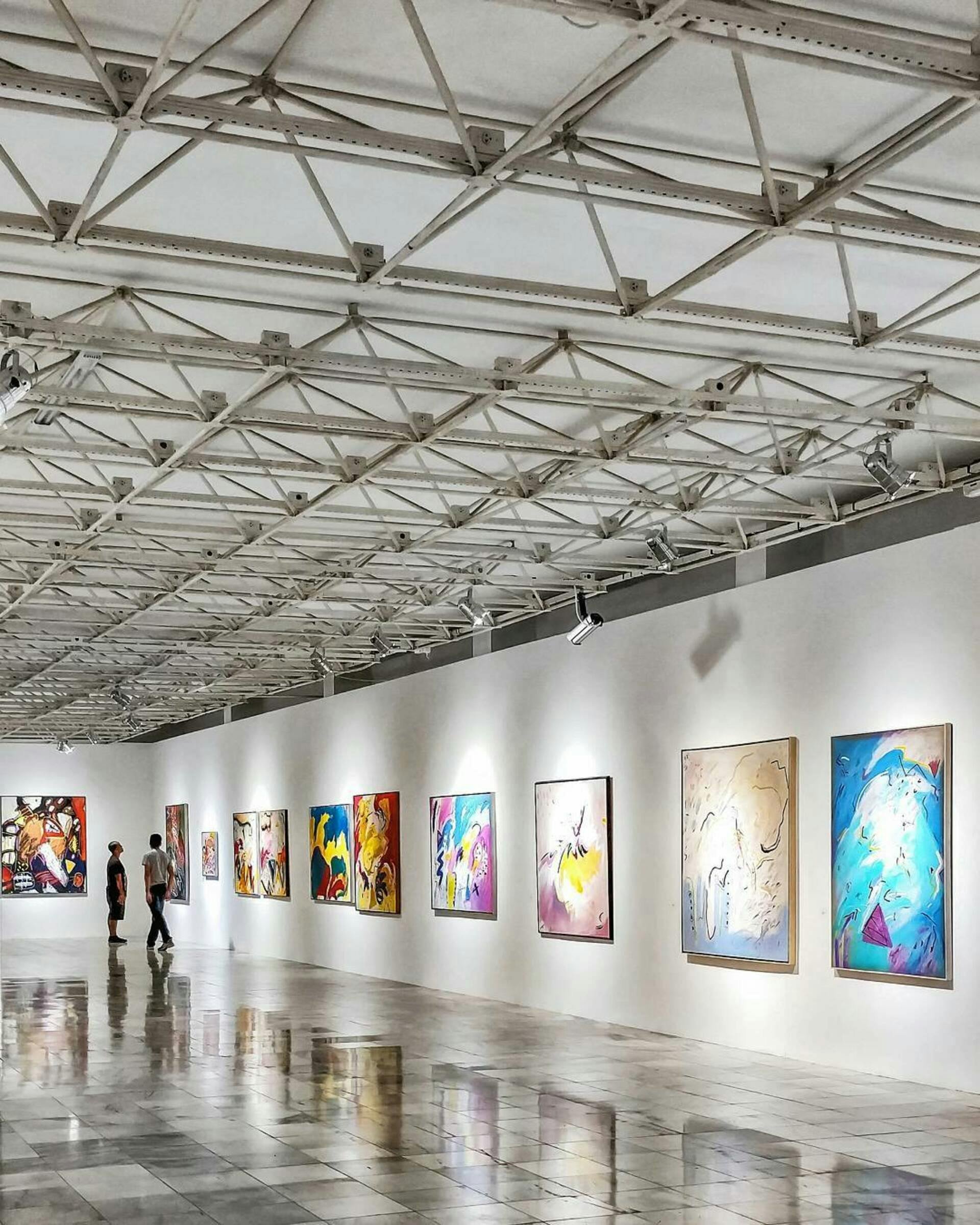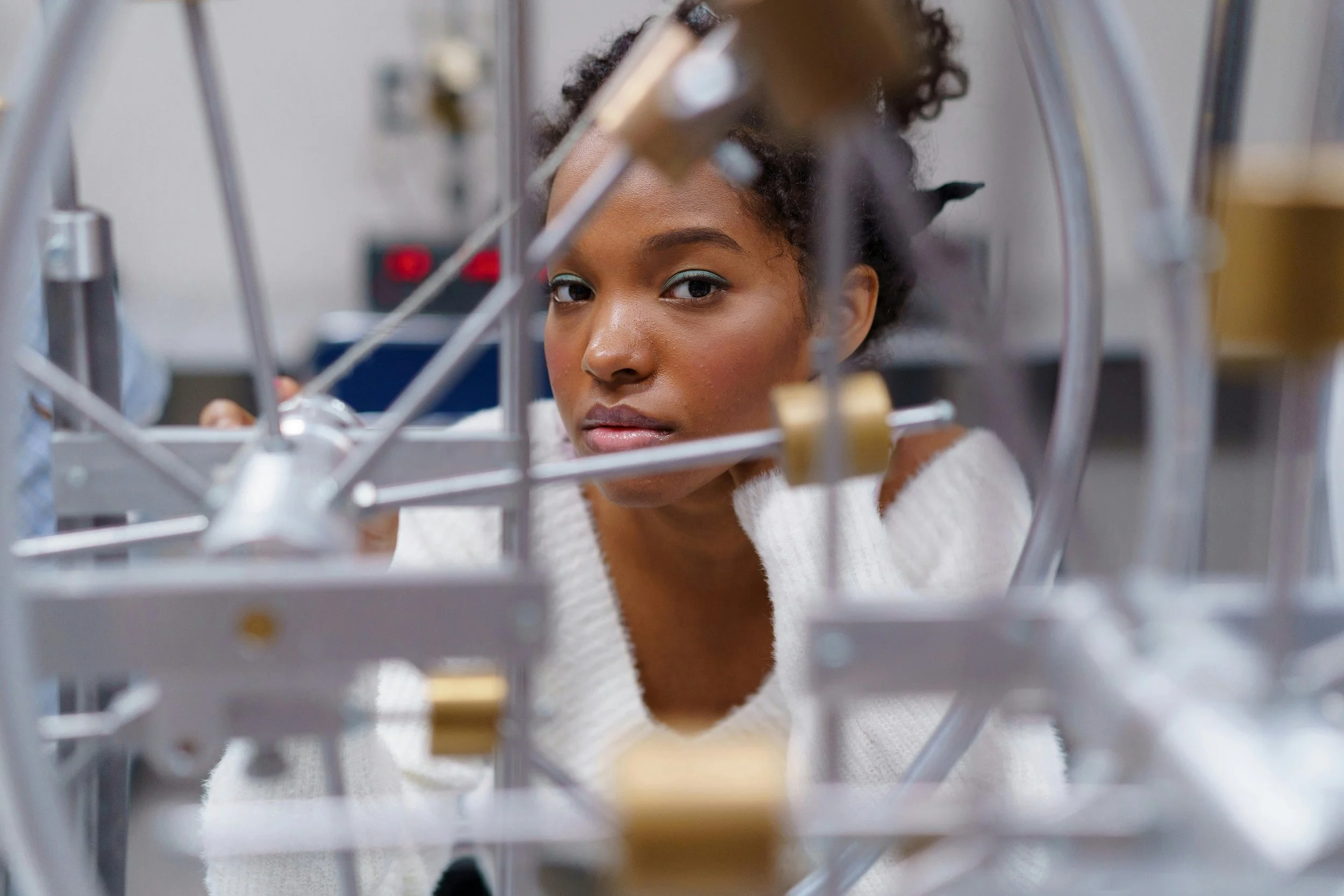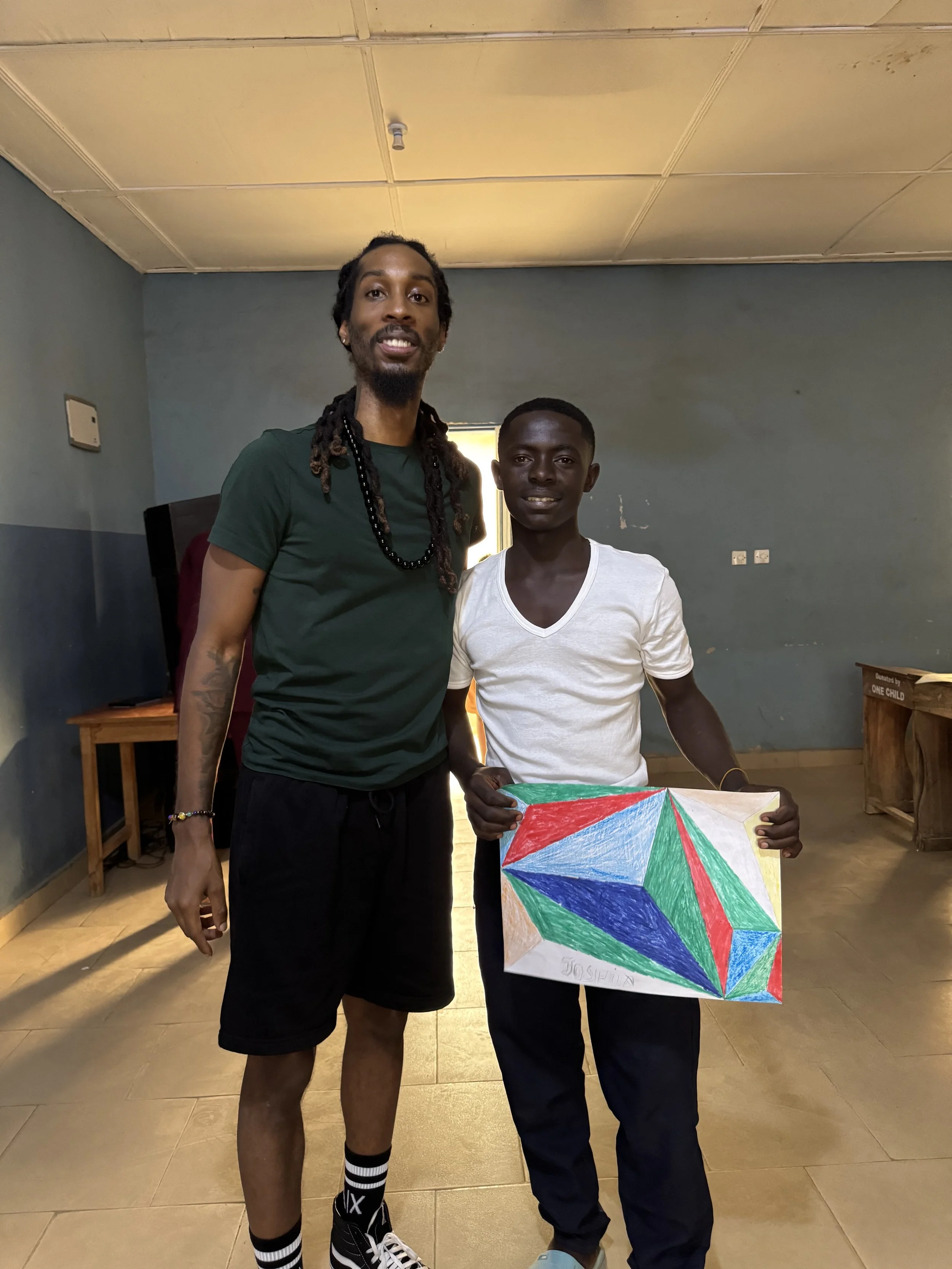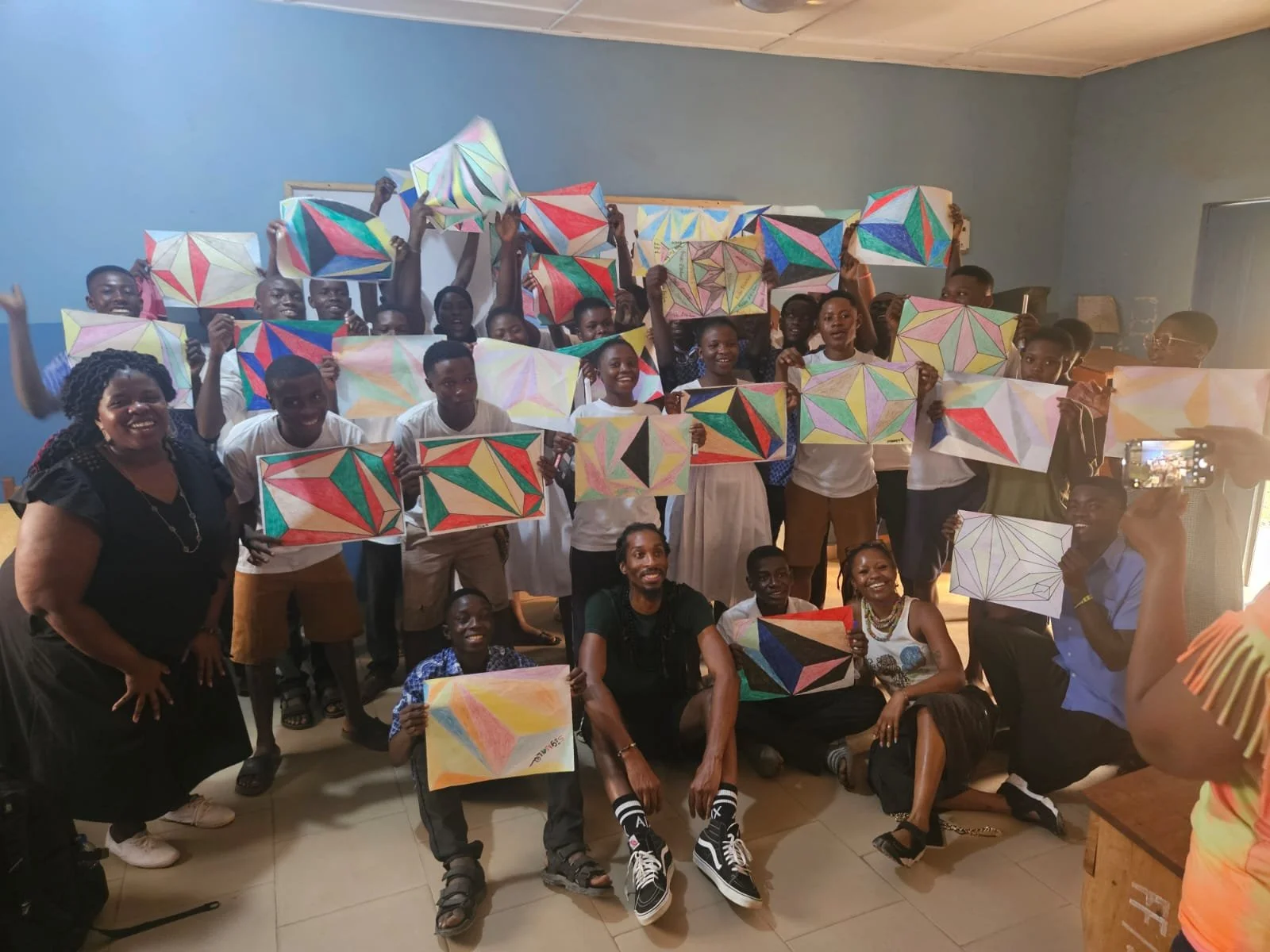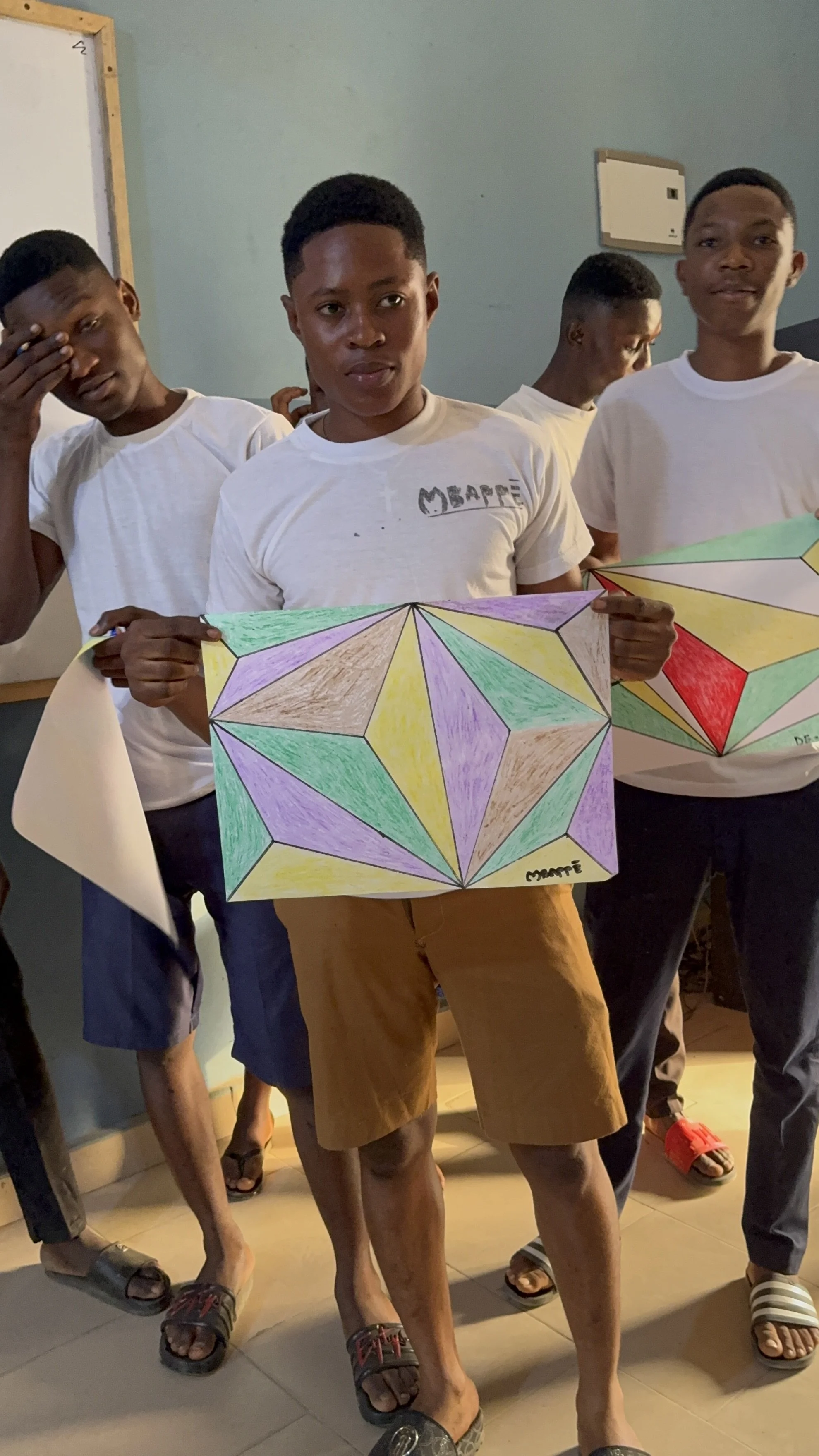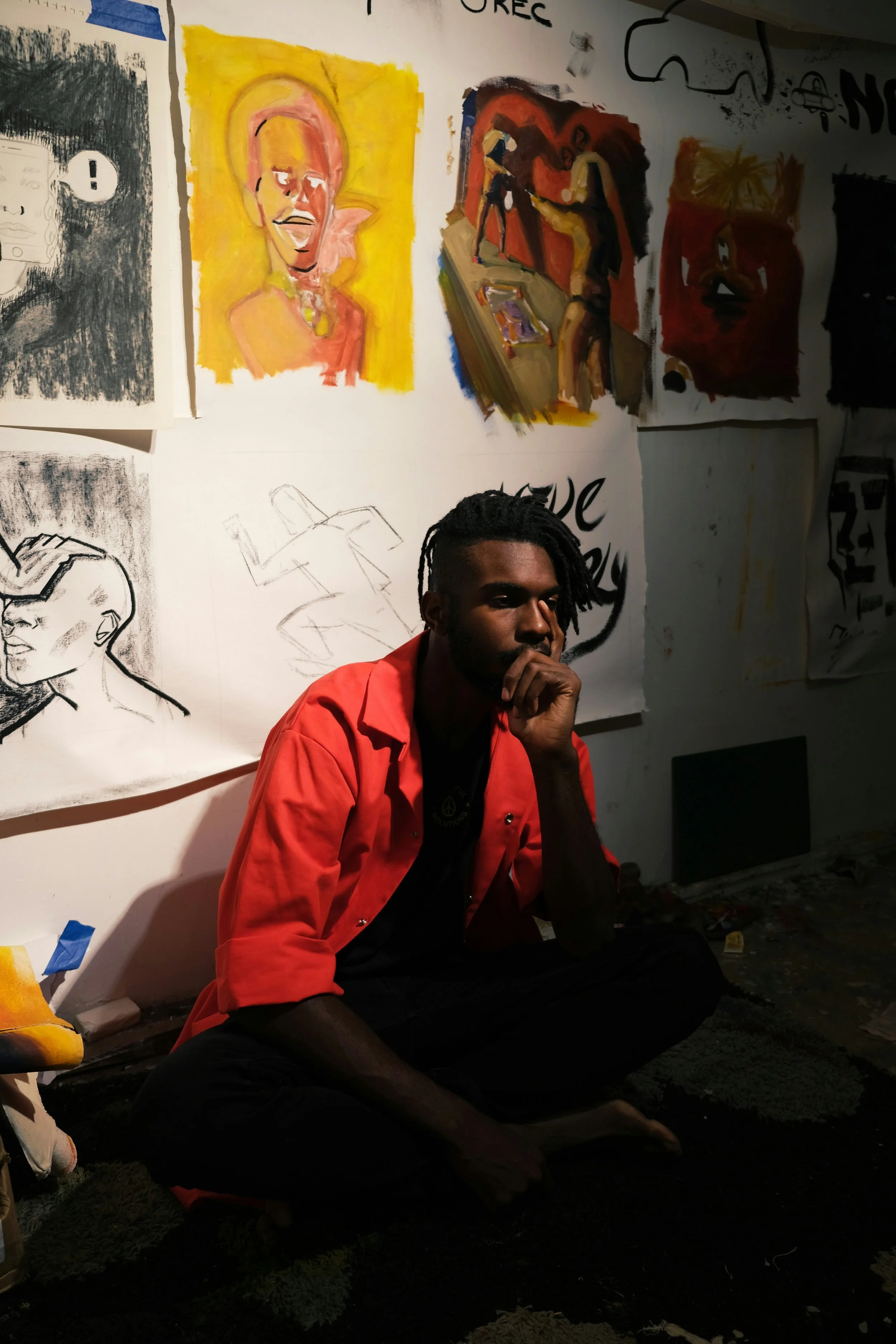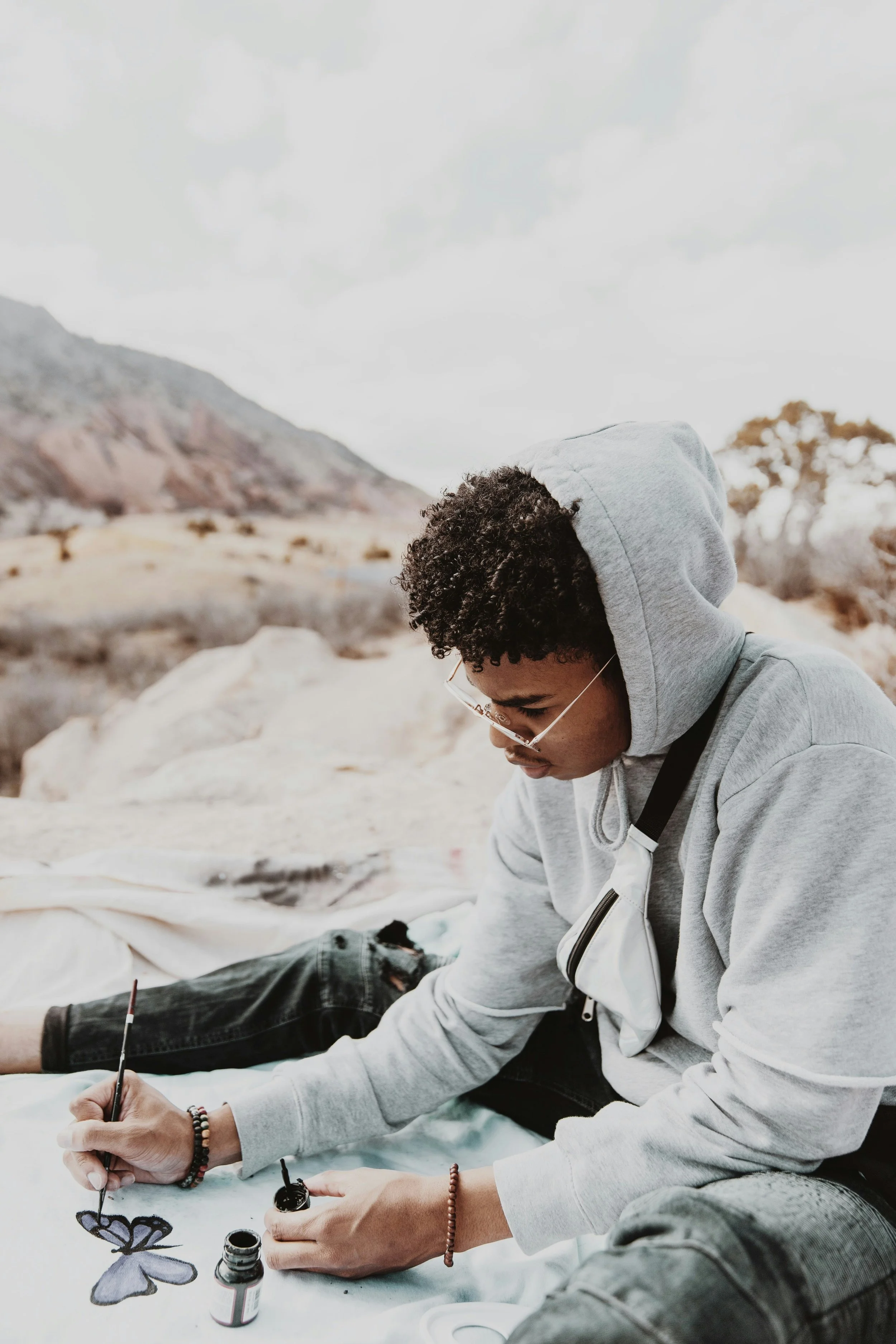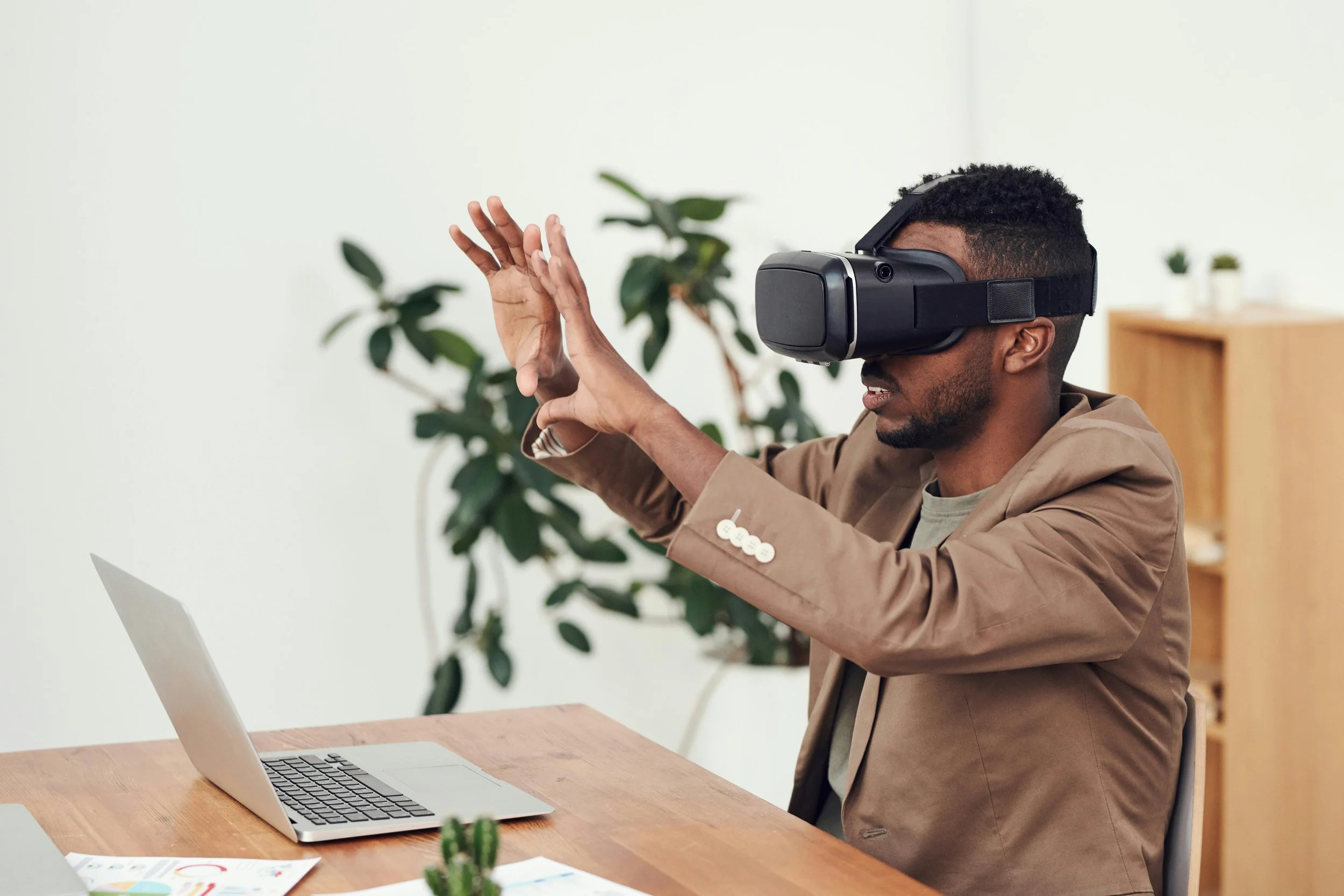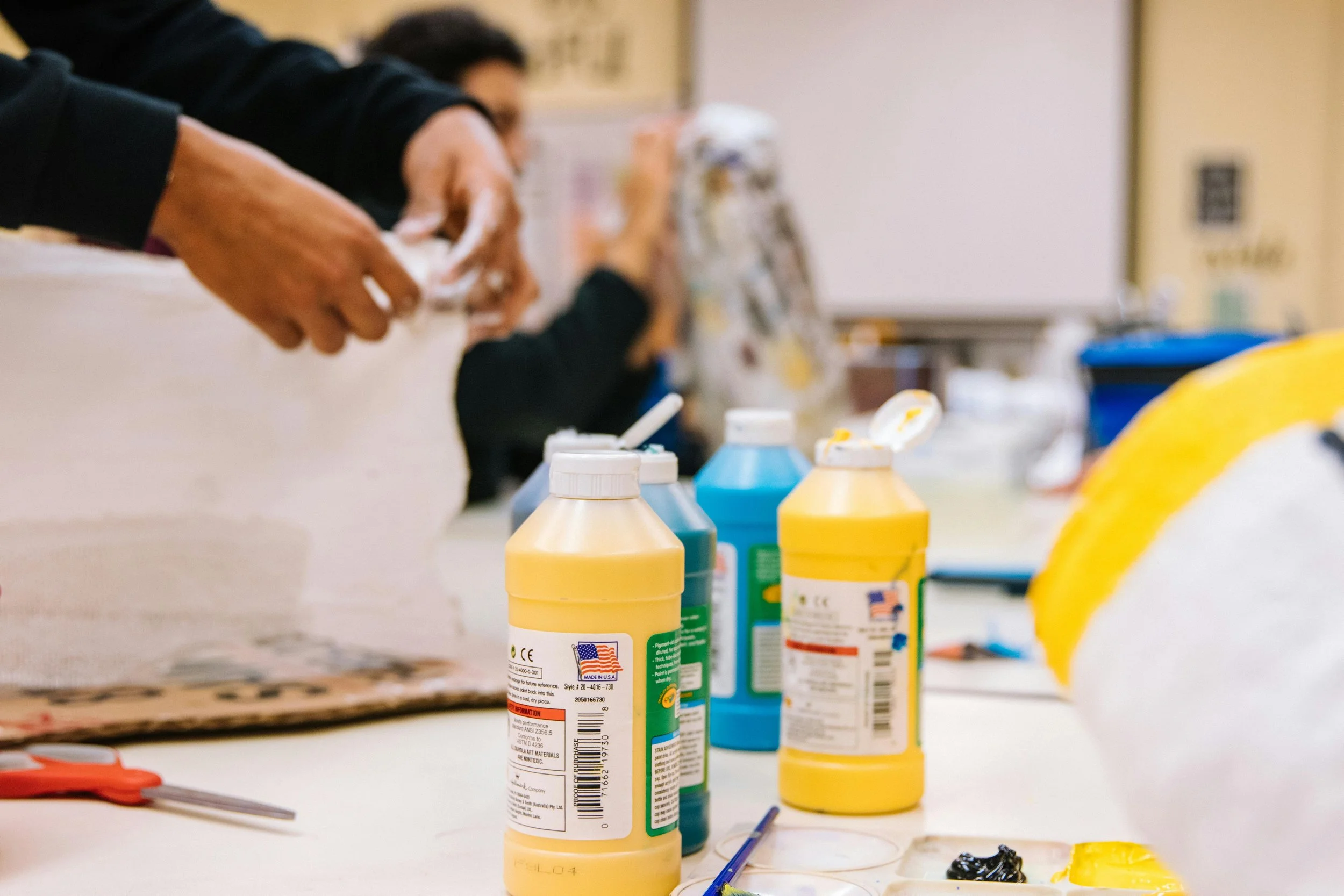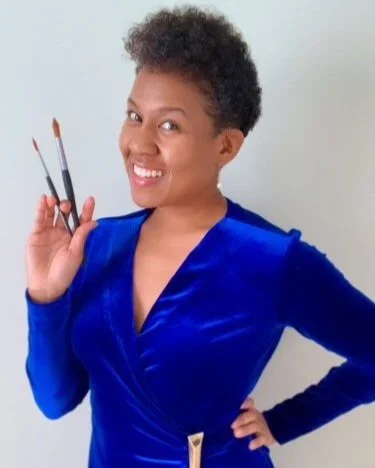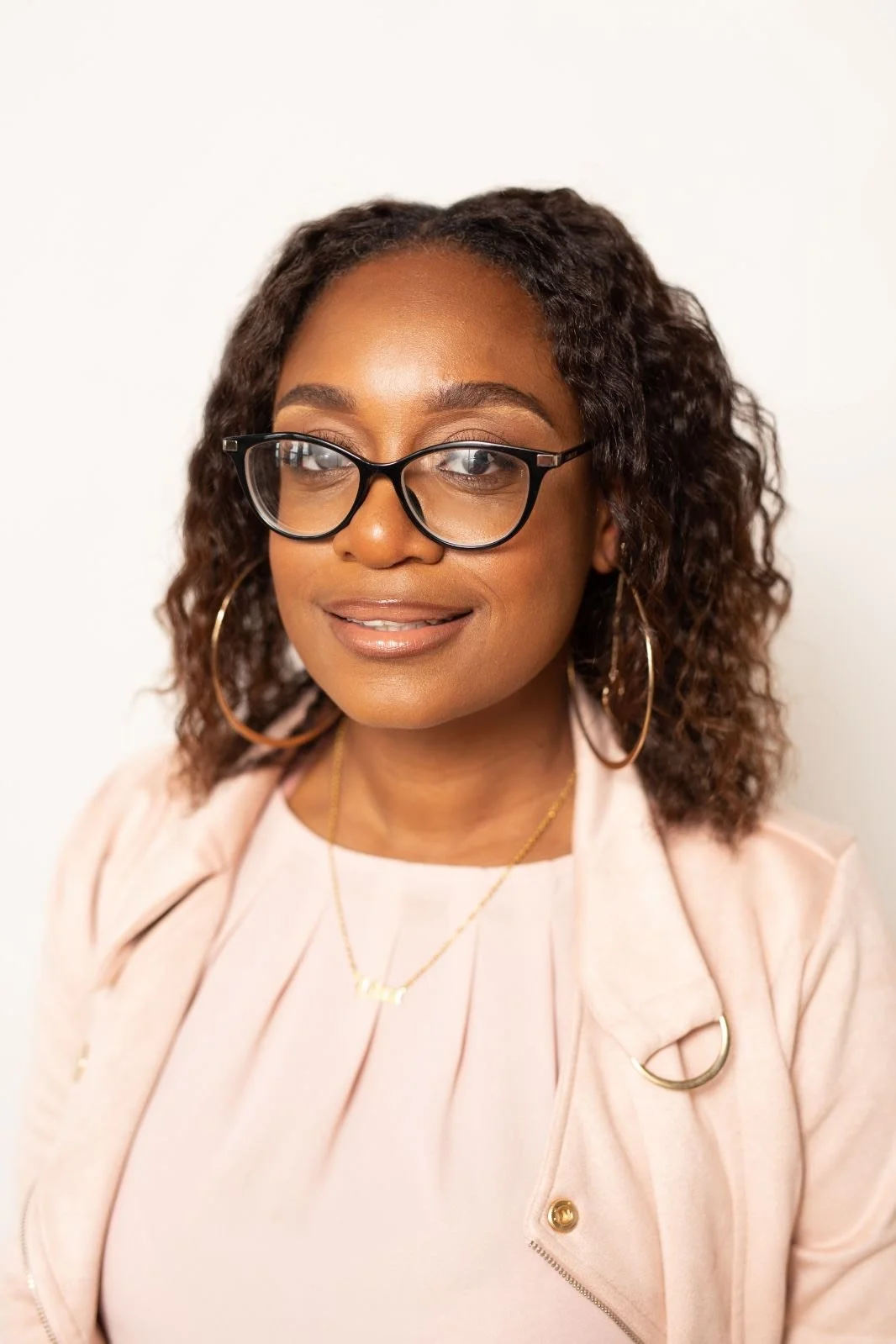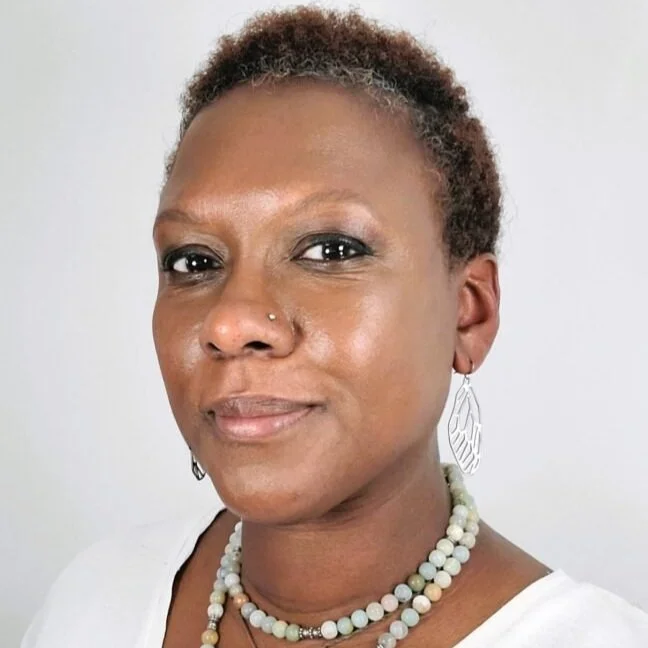
SHAPING THE FUTURE
Science
+
Technology
+
Engineering
+
Art
+
Math
+
Science + Technology + Engineering + Art + Math +
WE ARE AN ARTS-BASED ORGANIZATION IN ATLANTA, GA
We are dedicated to using art and creative expression to enhance understanding and engagement in S.T.E.A.M. (Science, Technology, Engineering, Art, and Mathematics) education.
Our Members develop technical and creative skills that present education in a new light through creative projects involving the use of technology, painting, sculpting, engineering, and fabrication to name a few.
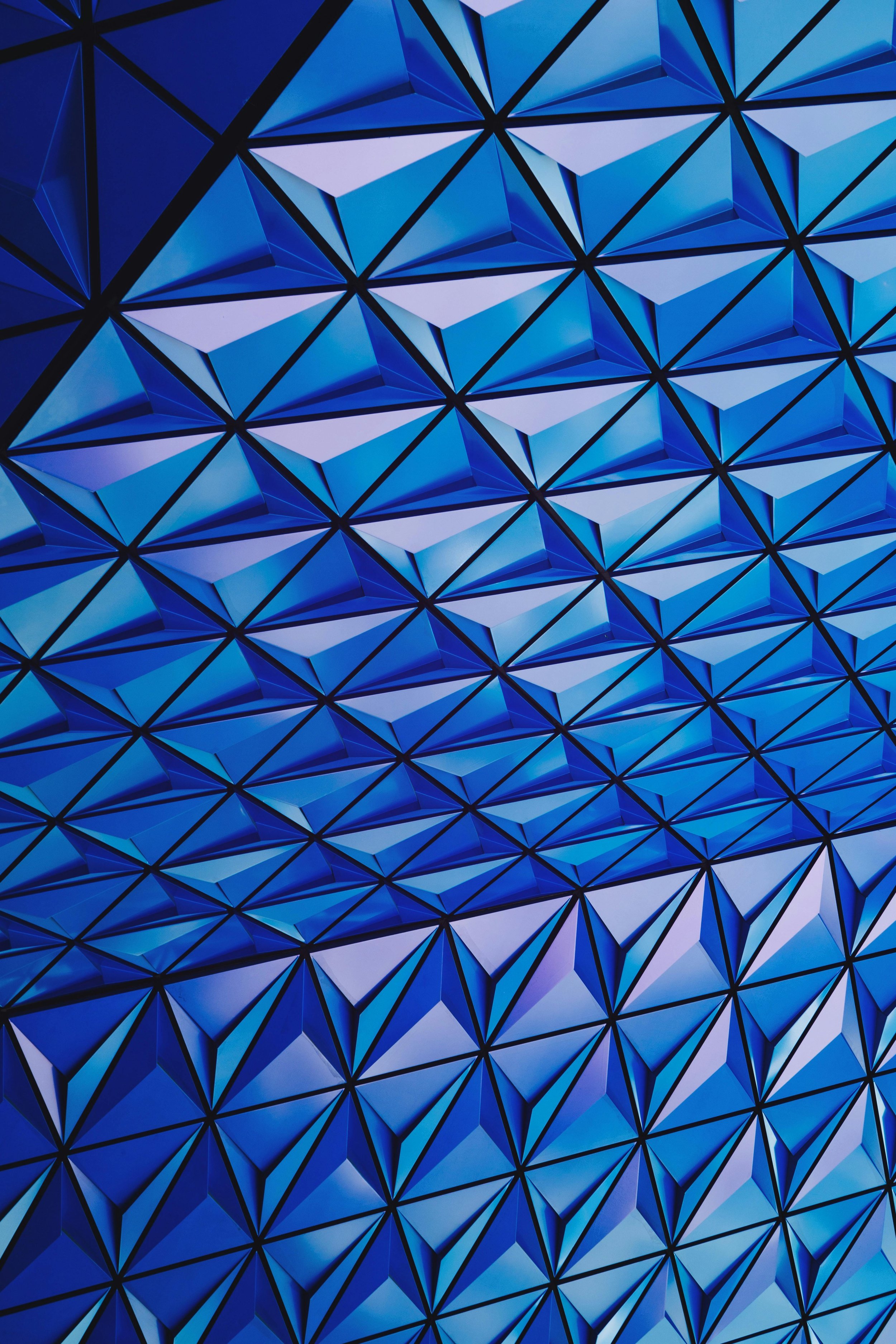
OUR MISSION
INSPIRING a new generation of thinkers and creators who are equipped to manage the challenges of the future with both an analytical and creative approach in STEAM-based industries
COMMITTING to synthesizing S.T.E.M. with the arts to support an innovative learning environment
AIMING to nurture an atmosphere where creativity and scientific/technical skills converge
INTEGRATING math and the sciences with visual arts, and empowering individuals to explore and develop fresh perspectives.
Our Values
-
We believe in the transformative power of imagination to shape ideas, solve problems, and inspire others, making art and STEM accessible and impactful.
-
Knowledge-sharing lies at the heart of our mission, empowering communities through programs, workshops, mentorships, and resources that blend artistic expression with scientific understanding.
-
By nurturing the balance of creativity and critical thinking, we push boundaries to create meaningful connections between art and technology.
-
Collaboration across diverse fields fuels discovery, encouraging individuals to merge artistic insights with scientific principles to address real-world challenges wholistically.
STEAM EDUCATION FACTS
-
Importance of Early Exposure
Introducing STEAM concepts early in education is critical for building foundational skills and addressing achievement gaps. Early exposure can spark interest and increase long-term participation in STEAM fields.

-
Economic Impact
STEM-related careers are growing nearly twice as fast as other fields, offering higher-than-average salaries. However, Black and Hispanic workers remain underrepresented in these roles, emphasizing the need for targeted interventions (LearningMole, Pew Research Center) - https://www.pewresearch.org/
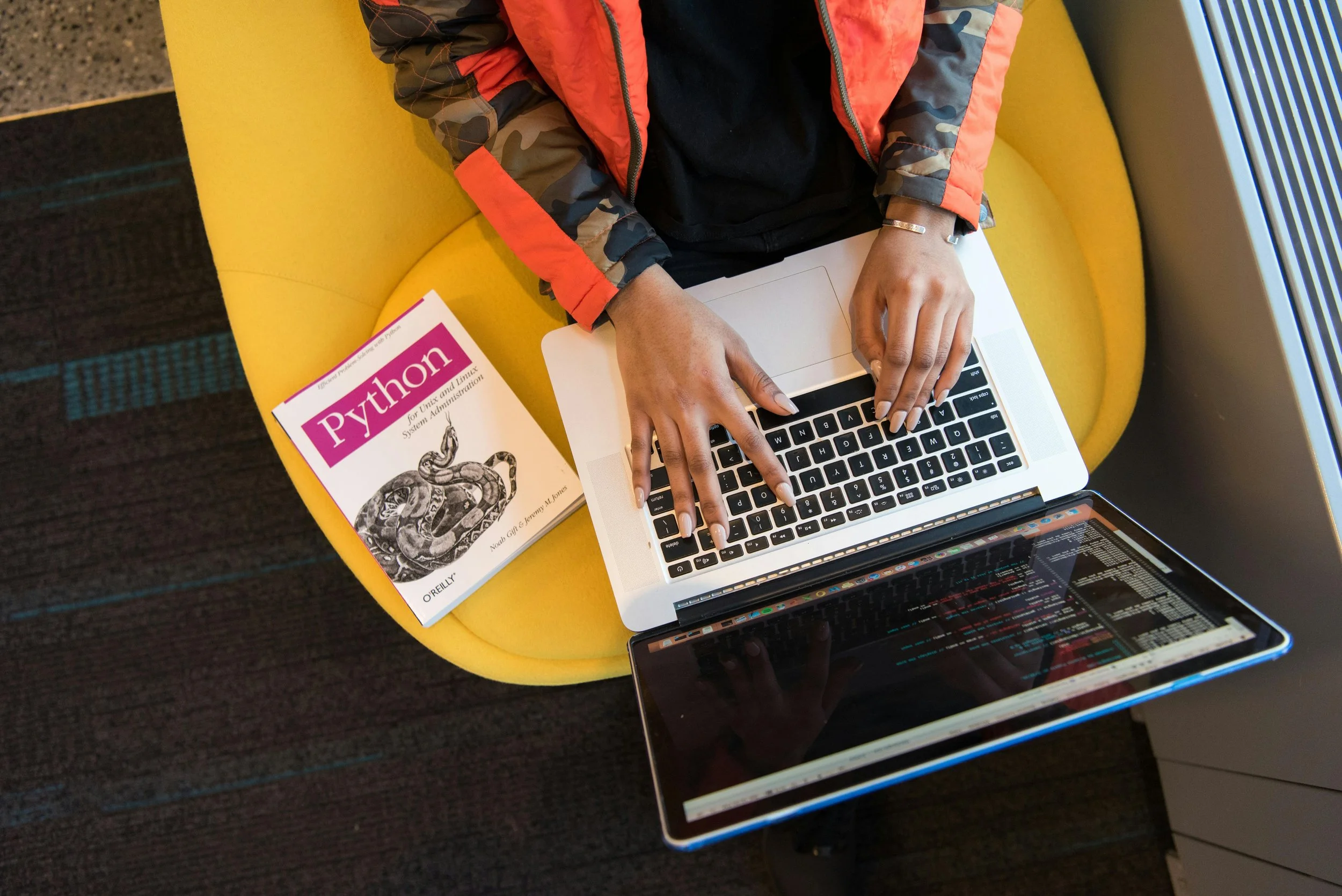
-
Educational Benefits
STEAM education nurtures critical thinking, creativity, and problem-solving skills, which are essential in a rapidly evolving, technological world. Project-based and hands-on learning approaches have proven to be particularly effective in engaging students.
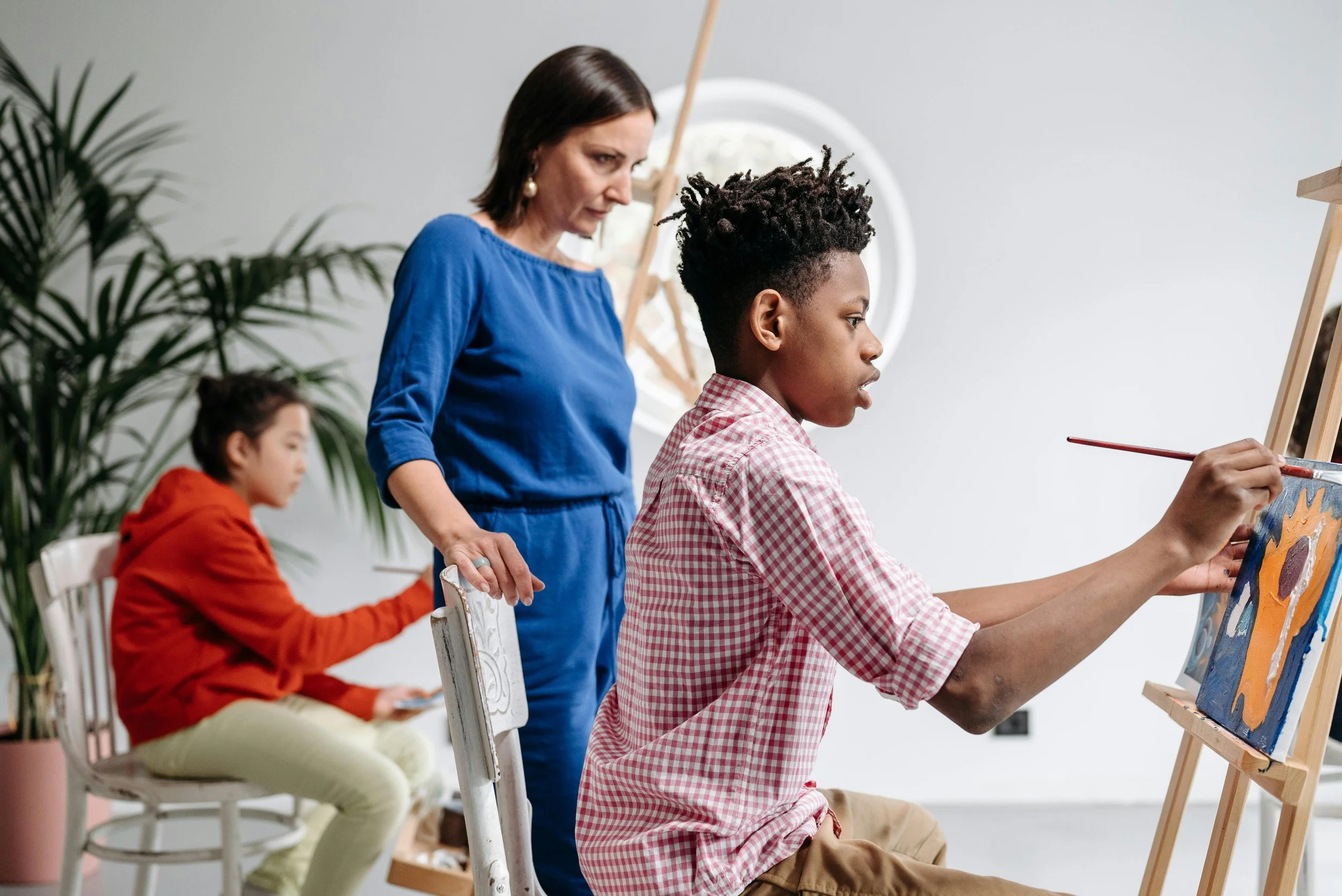

Our Initiative To Create The S.T.E.A.M. Studio
Bridge IT is fundraising to develop a one of a kind space to facilitate our day-to-day operations and carry out our mission.
{
}
What is the S.T.E.A.M Studio?
Classrooms for the dissemination of information technology, engineering, math, and science instruction.
A STEAM Studio serves as a creative, educational, and innovative headquarters where the arts meet S.T.E.M.
STEAM Studios will be home to a variety of scientific sculptures, installations, and demonstrations, akin to that of a science center.
Galleries space for curating exhibitions, a co-working artist space for medium to large scale projects.
Who is the S.T.E.A.M Studio for?
STEAM Studios are for youth and adults of all ages, however, our programs serve youth ages 11 - 17 and young adults ages 18 - 21.
OUR PROGRAMS

Programs/workshops are divided into categories based on age and grade level for students/adults
Group 1
Middle school Students (12-14 years old; 7th - 8th grade)
Group 2
High school Students (14-18 years old; 9th - 12th grade)
Group 3
College Students & Adults (18+)

Art & Geometry: Tessellation and Symmetry Workshop - (Group 1 - 3)
(STEAM Concepts: Geometry/Mathematics, Art)
Objective: Students will gain an understanding of geometric concepts like ‘tessellation’ and ‘symmetry’ and how these concepts translate in artistic expression.
Key Activities: Students will be guided through the process of creating a Geometric painting using mathematical concepts. Materials will include acrylic paint, masking tape, ruler, canvas, and pencil with an eraser for sketching.
Outcome: Upon the conclusion of the workshop participants will have gained a deeper understanding of geometric concepts and how math is applied in the creative process. Participants will also gain an understanding of how they can use patterns/tessellations to create engaging artwork. This workshop is also for college students/adults who would like an introduction to Geometric art.
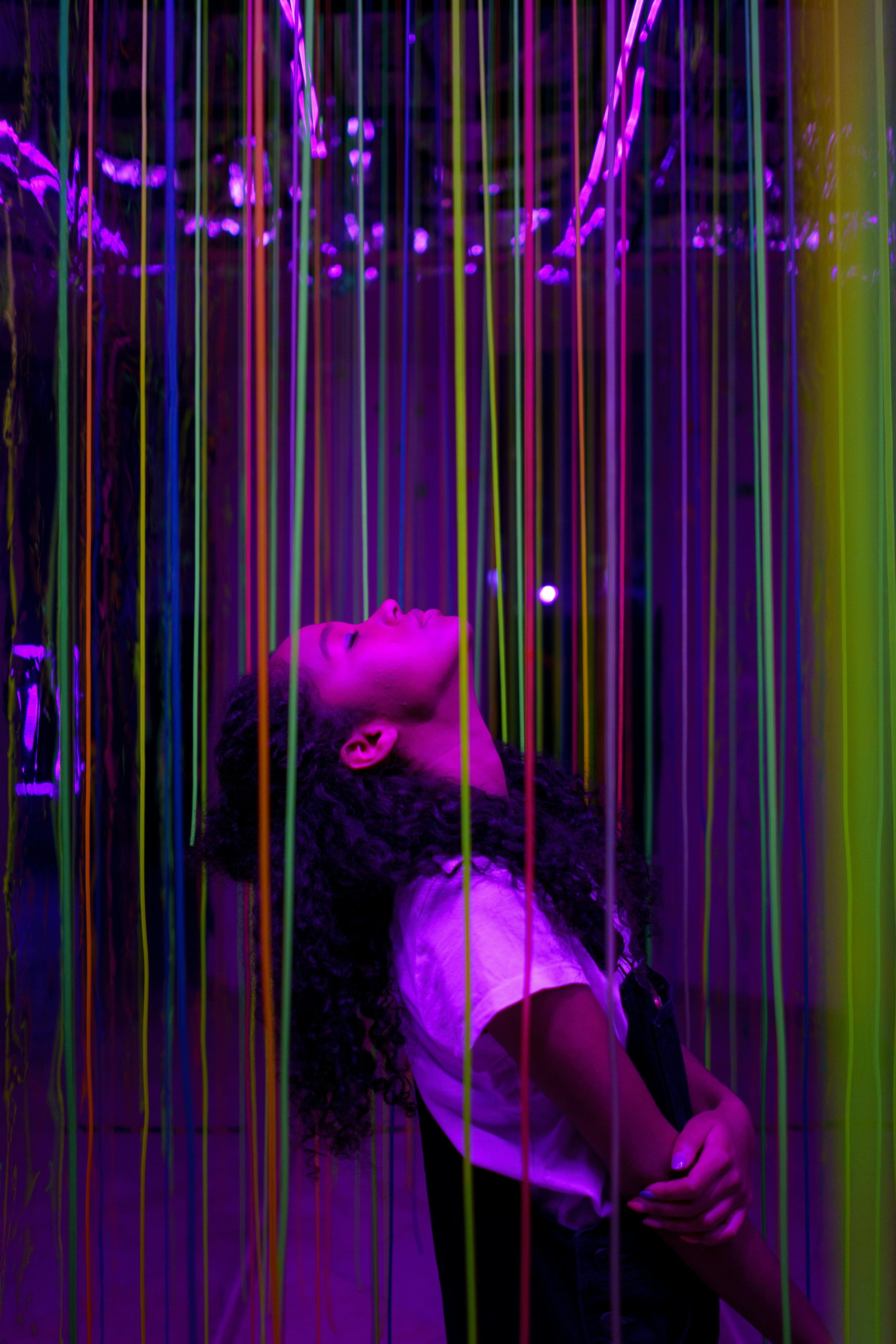
The Science of Photography - (Group 2)
(STEAM Concepts: Physics/Science, Art)
Objective: Participants will learn the mechanics of digital cameras and how light is used to create photographs. Participants will use this knowledge to build a portfolio of photographs around a given topic.
Key Activities: Participants will be guided through the mechanics and functions of a camera including: camera buttons, sensor, mirrors (unless working with mirrorless cameras), and lenses. Participants are taught the fundamentals of ISO, Shutter Speed, White Balance, and Aperture and how these settings influence the image produced.
Outcome: Participants will have an understanding of how science is applied in the function of cameras and how light is used to produce artistic images that preserve time in the form of photos.
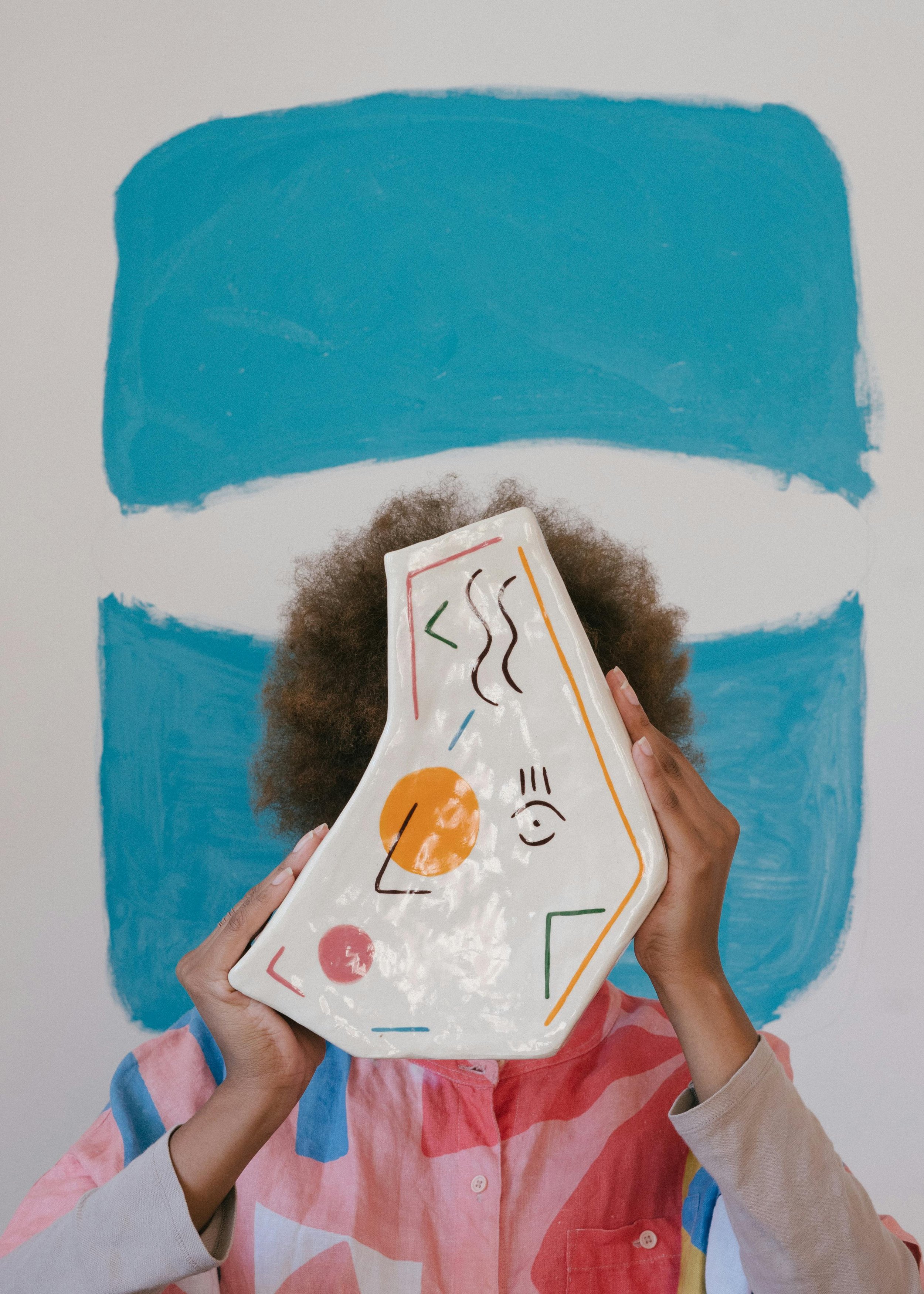
Geometric Art with Algebra - (Group 1 & 2)
(STEAM Concepts: Geometry/Mathematics, Art)
Objective: Utilize algebraic concepts as the inspiration for creating geometric patterns on canvas or paper. Participants will gain a perspective of how algebra and creativity merge to produce beautifully artistic visuals.
Key Activities: Review basic algebra concepts as they relate to pattern design, the formation of shapes, and measurement. We will use this information as the basis for sketching and painting geometric artwork on canvas.
Outcome: Participants will explore the intersection of math and art, discovering how algebraic principles can be used to create intricate geometric paintings. They will gain practical skills in applying mathematical concepts creatively and understand their relevance in solving real-world design challenges.

Origami and Projection Mapping - (Group 1 - 3)
(STEAM Concepts: Geometry, Technology, Mathematics)
Objective: Participants will learn how to use paper and projector light as a medium to create engaging visuals/animations around geometric shapes installed on a wall
Key Activities: Create geometric origami models using paper and apply these models to a wall for projection mapping.
Outcome: Participants will gain exposure utilizing light as a medium and the science of projection mapping. Upon concluding this workshop, participants will understand the fundamentals of using mapping software and how to apply their creativity to create fun design animations.

Art-Infused Coding with Scratch - (Group 1 and Group 2)
(STEAM Concepts: Mathematics, Engineering, Technology, Art)
Objective: Introduce basic coding/logic concepts using Scratch. The Scratch program helps learners understand basic programming concepts like loops, conditions, variables, and events without needing to write complex syntax.
Key Activities: Students will create their account and they will be guided through the process of creating an animation in the Scratch program.
Outcome: Students will develop foundational skills in computer programming by learning and applying basic concepts through the Scratch coding program.
Reference: About Scratch - https://scratch.mit.edu/about

Design A Community Mural with Math- (Group 1 -3)
(STEAM Concepts: Mathematics, Art)
Objective: Use mathematical concepts to help prepare for the creation of a large scale painting project/mural.
Key Activities: The use of mathematical formulas such as: (Area) to determine the size of the wall, (Perimeter) to estimate the amount of masking tape needed, as well as mathematical formulas for budgeting and estimating project costs.
Outcome: Showcase the practical application of mathematical formulas in creating works of art, making abstract mathematical concepts more relatable and engaging for students. Complete a community mural that nurtures pride and a sense of accomplishment among all participants.
OUR BOARD MEMBERS
Jordan A. DeLoach
BridgeIT Founder/Artist/Tech Engineer
Jordan A. DeLoach is an Engineer, geometric artist, photographer, writer, and muralist from Detroit, Michigan. His vibrant artwork, defined by bold shapes and bright hues, aims to inspire joy and challenge perceptions through its three-dimensional, illusionary quality. Rooted in mathematical concepts, Jordan's work bridges the fields of Science, Technology, Engineering, Art, and Math (STEAM), blending logical ideas with creative expression.
An active artist, Jordan has exhibited across the U.S. and curated the group show Conversations In Color, featuring 15 visual and performing artists. By day, he works as an Engineer at Salesforce, a global leader in CRM software. In 2023, he founded Bridge IT to create STEAM-focused artwork and develop workshops and programs that empower students to excel in STEM education. Jordan’s work exemplifies the harmony of rational thought and artistic intuition.
Electra Frederick
Respect The Artists (RTA) Chief Ambassador and Content Creator
Yalore McDaniel
Salesforce Professional
Maurice Lucas Jr.
Real Estate Professional
Robin Griffin
Community Advocate, Founder, A to Z Learning Nonprofit (Nashville)
TeMika Grooms
Artist, Engineer & Community Advocate
